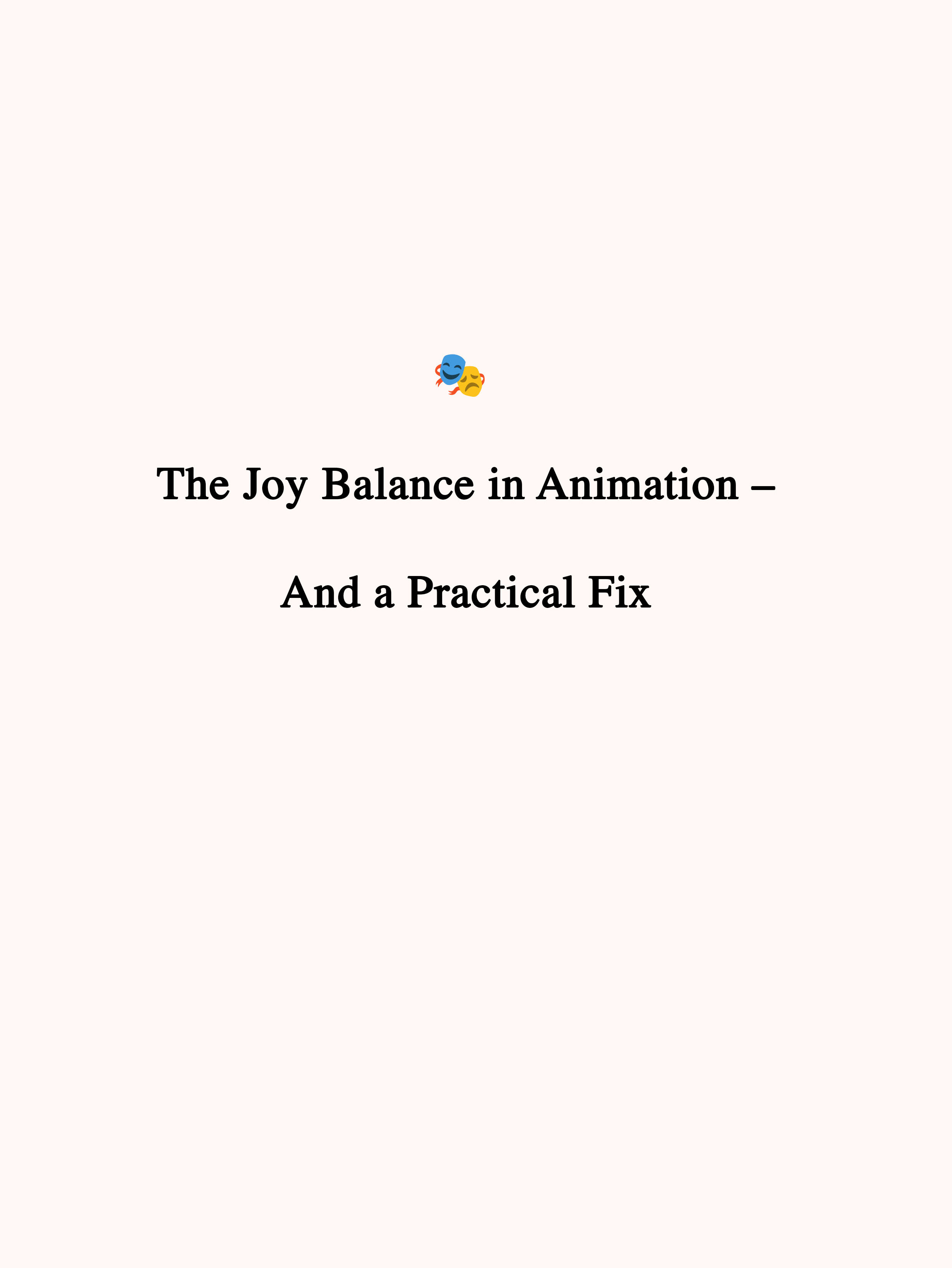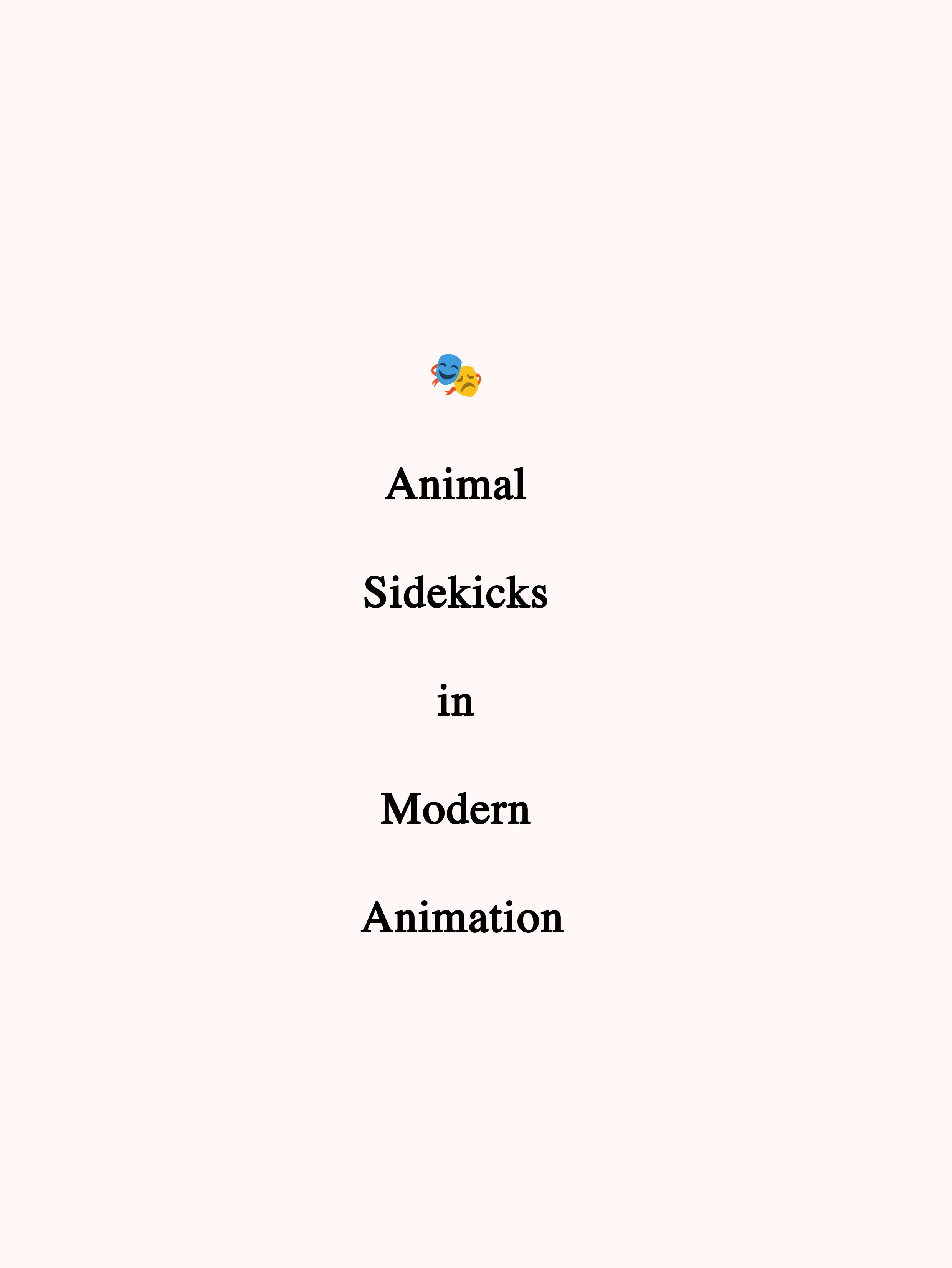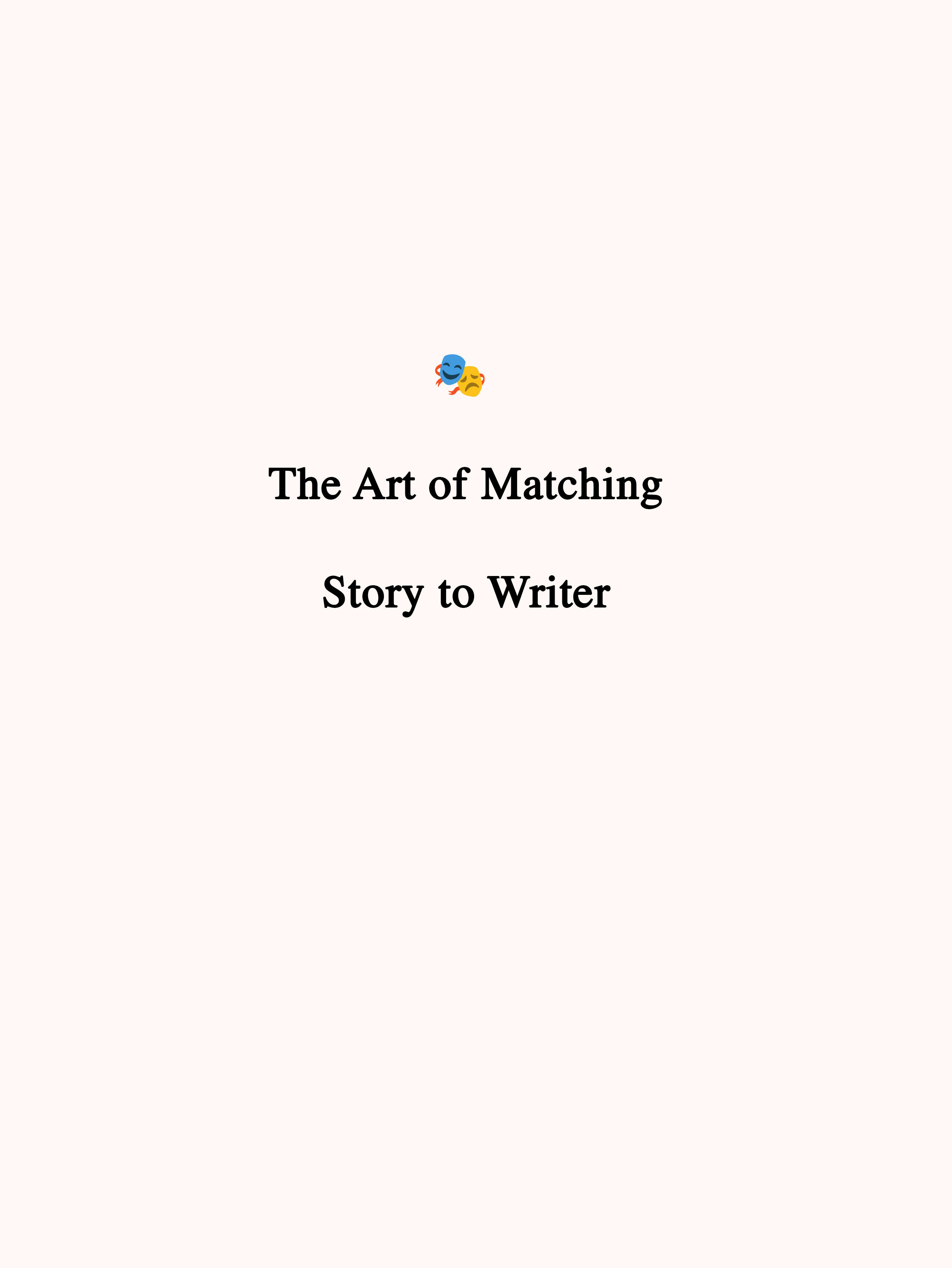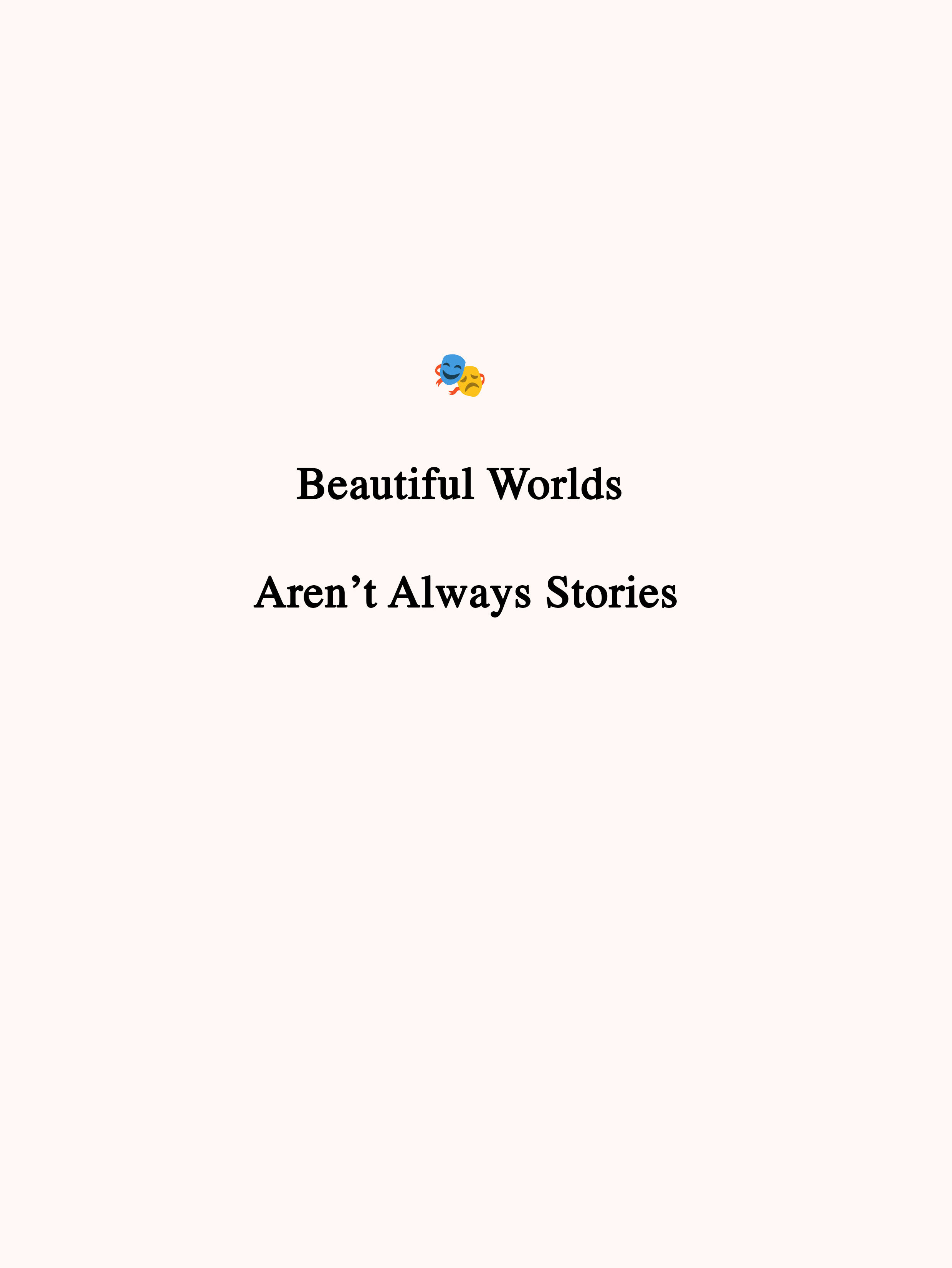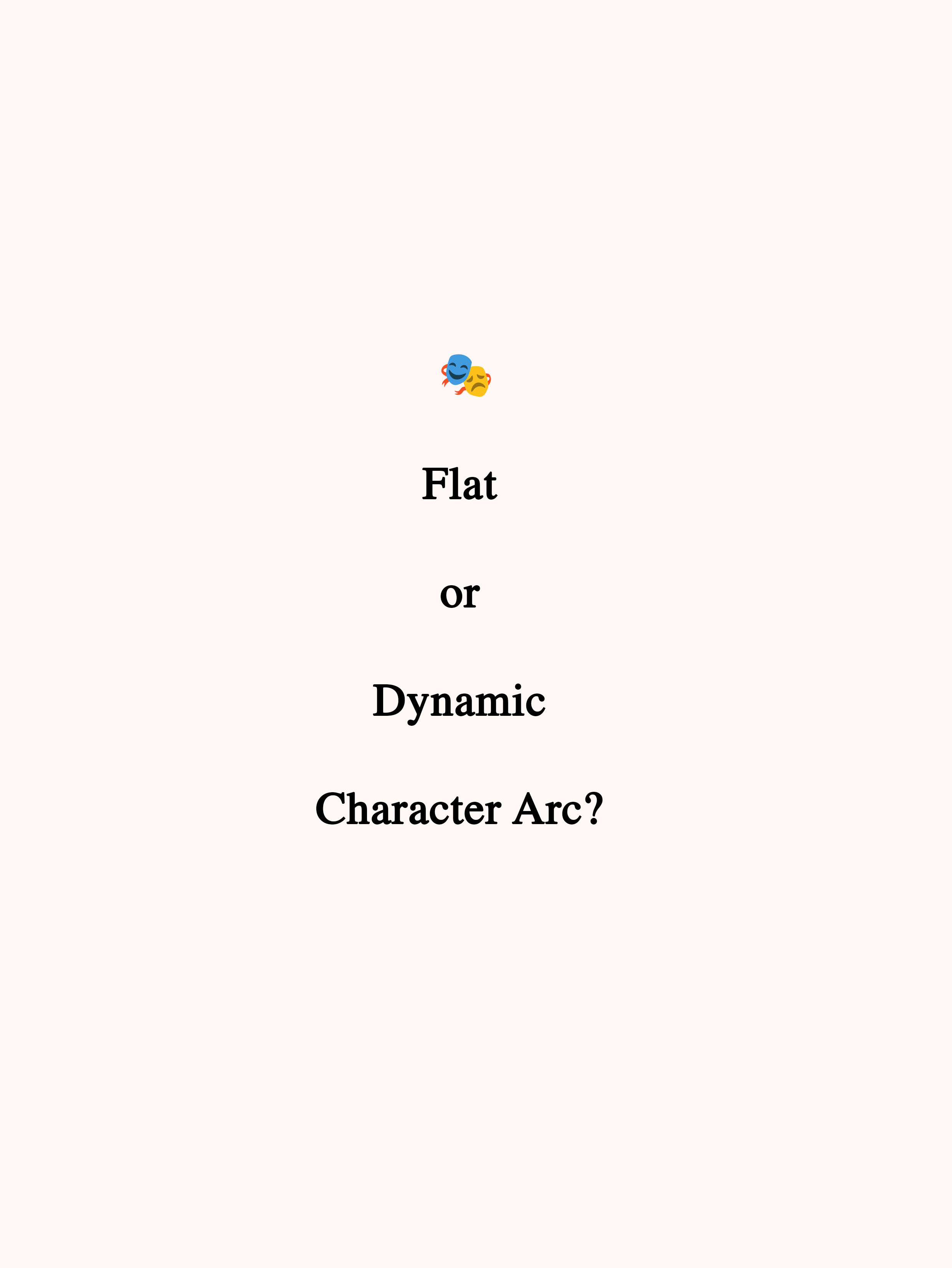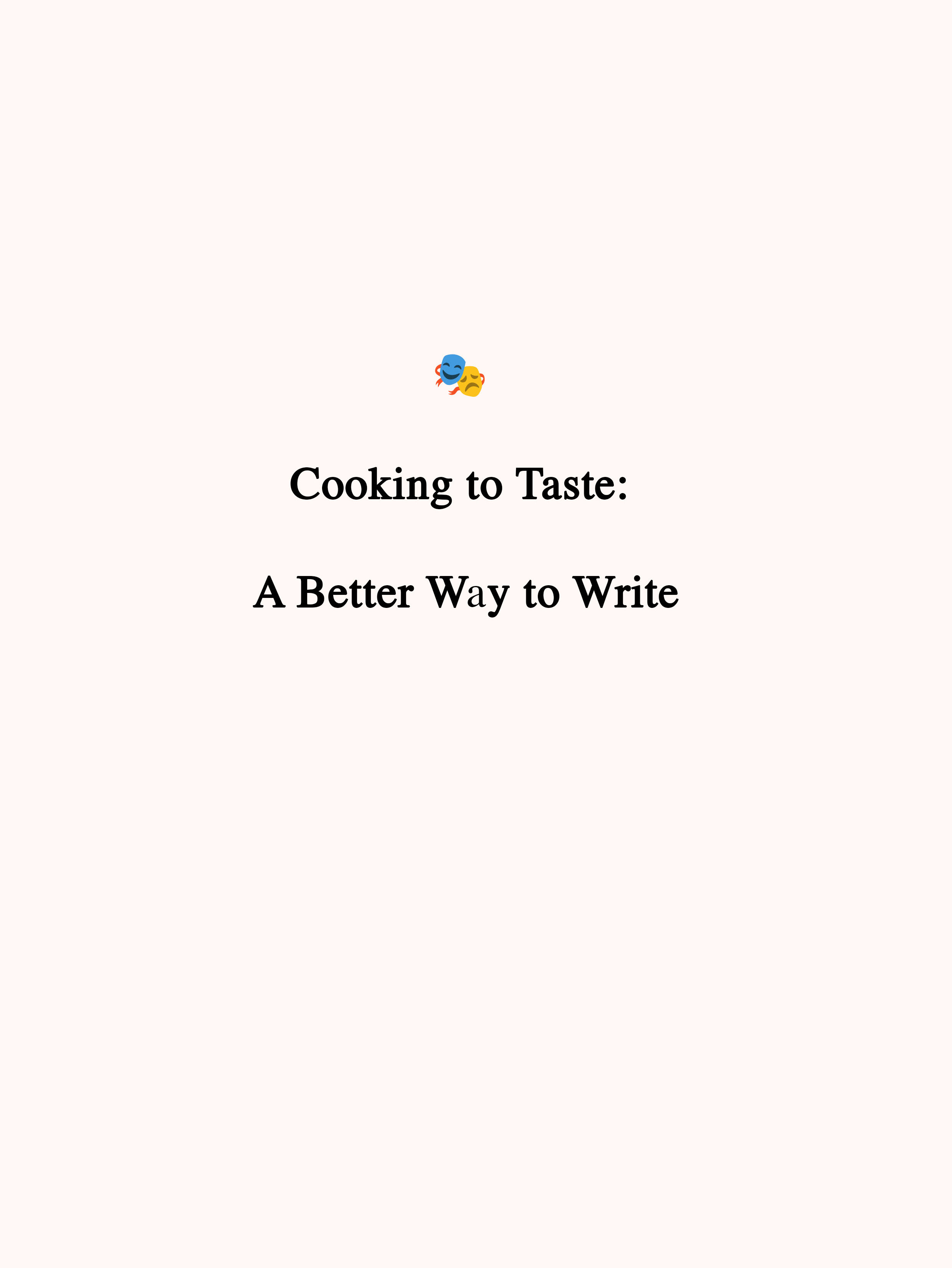Why Grief Belongs in Animation
In recent years, animated films and series have shown a growing tendency to avoid extended depictions of grief. Scenes that once lingered on the pain of loss are often shortened, softened, or removed altogether. The reasoning seems practical: protect audiences, especially children, from what might feel “too heavy.”
Yet this decision raises an important question: what role should stories play in preparing us for real life?
Lessons from a Masterpiece
Consider The Lion King (1994). Mufasa’s death remains one of the most unforgettable moments in animation. It is devastating, unflinching, and yet still considered a masterpiece of family entertainment. Decades later, generations of viewers recall not just the humor of Timon and Pumbaa, but the formative experience of watching Simba process grief.
Far from breaking the story, grief gave it weight. It anchored the film’s themes of responsibility, legacy, and resilience. Without it, The Lion King would have been merely entertaining. With it, it became timeless.
The Guarantee of Grief
Unlike many conflicts depicted in fiction, grief is not hypothetical. Every human being will experience it, whether through the loss of a grandparent, a parent, a pet, or a mentor. Even without tragedy, the simple passage of time ensures this truth.
To deny grief a place in children’s media is not to protect them—it is to pretend that one of life’s most universal realities does not exist.
Stories as Safe Rehearsal
What if we reframed the purpose of these moments? Instead of labeling them “too much,” we might recognize them as safe rehearsal spaces. Fiction allows children—and adults—to encounter overwhelming feelings without risk.
C.S. Lewis once wrote that stories allow us to experience great emotions “without being consumed by them.” By watching Simba cry over Mufasa, a child encounters grief in a contained, symbolic form. Later, when real loss arrives, that emotional memory whispers: I’ve seen this before. I can survive this too.
The Educational Role of Storytelling
Schools teach spelling, mathematics, and science. But stories—particularly those aimed at young audiences—have always carried a different curriculum: how to navigate heartbreak, mistakes, forgiveness, and hope.
Animation, with its ability to reach children directly and symbolically, is uniquely positioned to teach this. To remove grief from its vocabulary is to deprive it of one of its greatest lessons.
Light in the Dark
This does not mean children’s media should end in despair. The traditional structure of fairytales already shows the way: acknowledge darkness, then close with light. A moral, a pathway through, a reminder that even when life fractures, meaning and hope remain.
In this structure, grief is not indulgence. It is instruction. It is part of a larger emotional arc that reassures children: even in the presence of loss, life continues.
Conclusion
Grief belongs in animation not because it shocks or saddens, but because it prepares. It affirms that stories are not only vehicles for joy and laughter, but also teachers of resilience.
When we preserve grief on screen, we do not burden audiences. We equip them.

